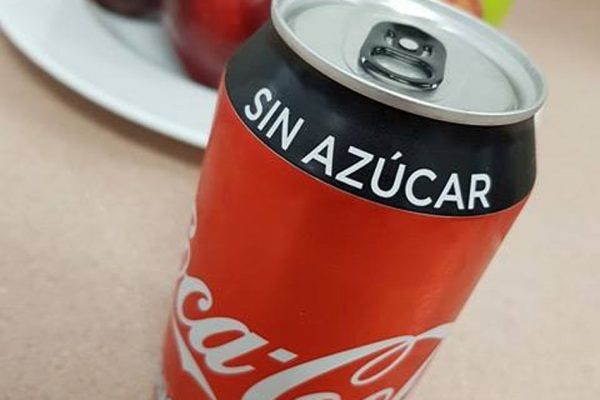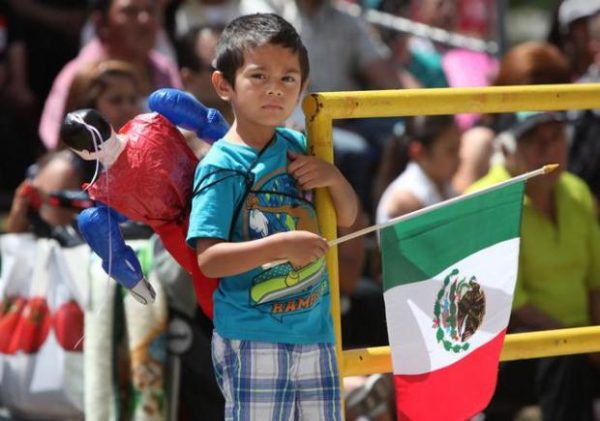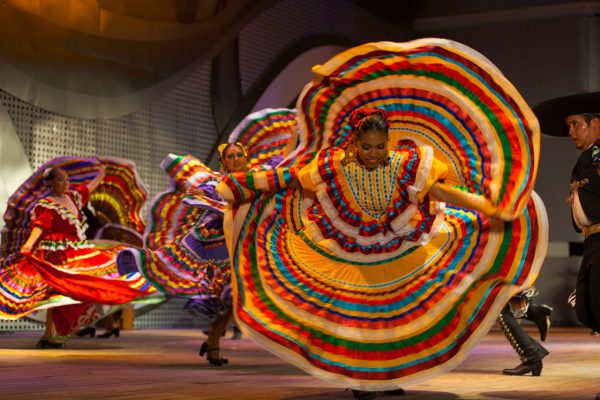The reason why Mexican food is well-known in the entire world is that it is delicious. There is a wide range of food groups and treats you can find, and it includes everything from meats and cheese to fruits and vegetables. So, let’s dive straight into the cultural heritage of this beautiful country.
Mexican Food Is Healthy Food
One of the primary reasons for Mexican food popularity is how healthy it is. And the best thing about it is that you can always go for the healthier version. As a result, you can enjoy a tasty Mexican dish any day of the week without feeling guilty. Beans are a common ingredient in Mexican cuisine. They are an essential part of burritos. And that means having a meal rich in fiber.
Of course, you don’t need to go for refried beans, and choosing pinto or black beans is always a …







